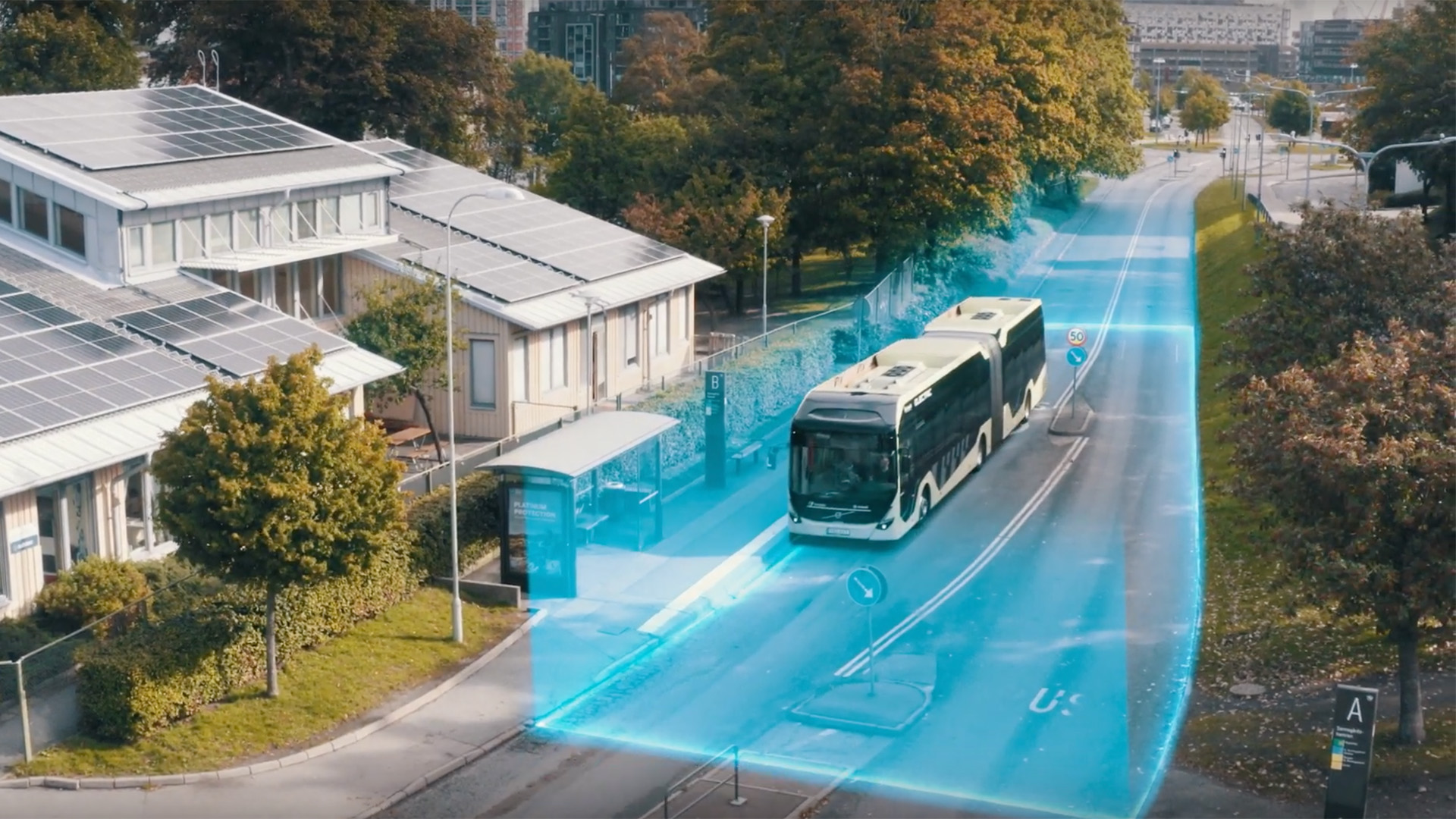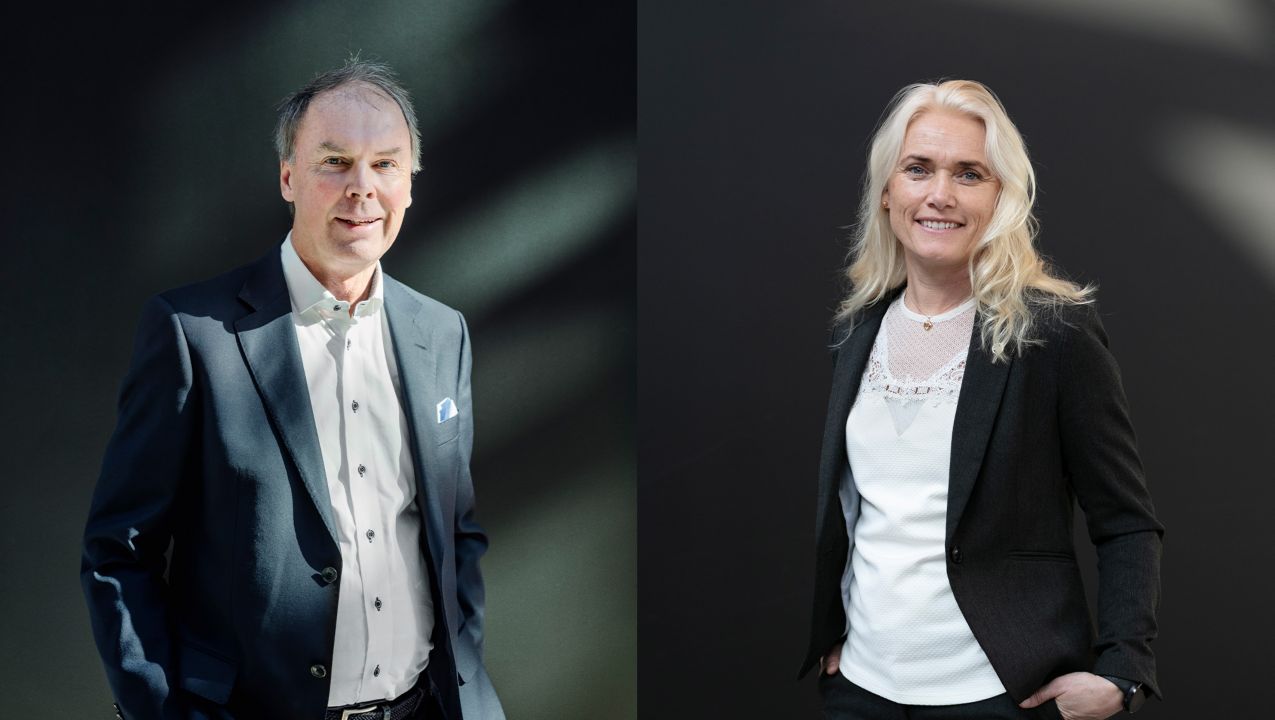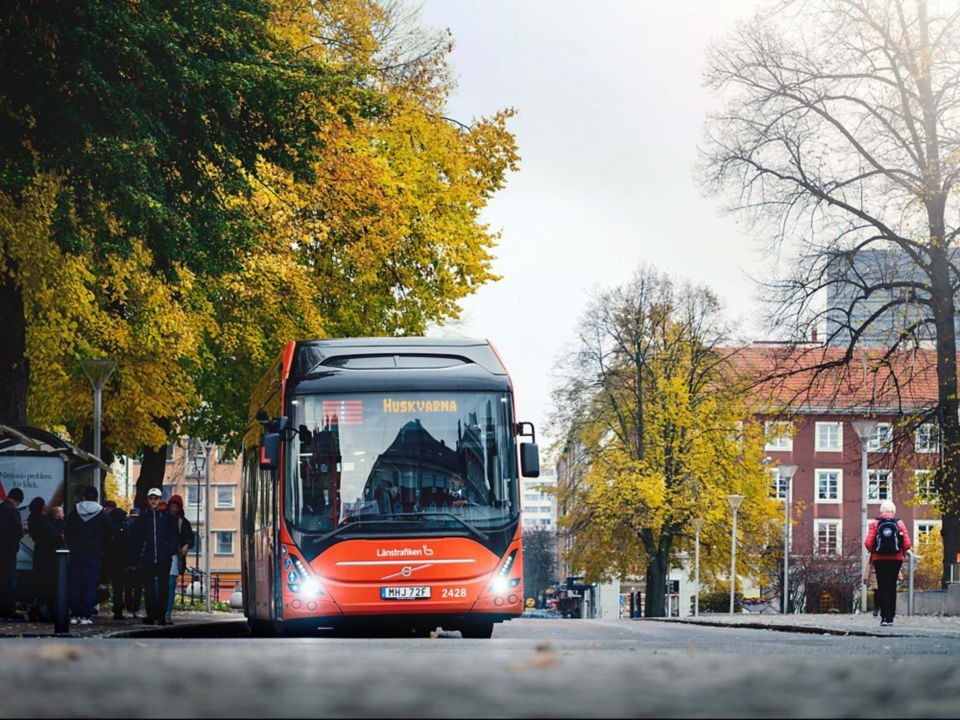Volvo Buses and the City of Gothenburg in Sweden are at the forefront when it comes to testing and developing connected solutions that contribute to creating smoother urban transport and more liveable cities. One of the reasons why has been the creation of a standardised platform that third parties can use.
“Having a partner like Volvo Buses, who can test and develop this technology with us, has been crucial to our success. We will now spread our knowledge to other cities in Sweden and Europe,” says Malin Stoldt, project manager at Gothenburg’s Urban Transport Administration.
Having a partner like Volvo Buses, who can test and develop this technology with us, has been crucial to our success.
Already today, the geofencing technology Zone Management is used on thousands of Volvo buses around the world with very successful results. For example, the Volvo buses that operate in Gothenburg's public transport use the technology to limit speeds around schools and bus stops, and to switch to electric power in emission-free zones. In the recently completed Digitalized Infrastructure Zones project, Gothenburg’s Urban Transport Administration and Volvo Buses have taken geofencing one step further and integrated their systems.
Now Gothenburg’s Urban Transport Administration has developed a unique digital platform with open data that allows it to create geofencing zones in the city. As soon as a new zone is created on the platform, it is made available in an API and the operator (which in this project is Volvo Buses) can download the information to its buses. Depending on the zone being created, the bus automatically adapts to any rules regarding speed and fuel source.
The new platform means that the City of Gothenburg will be able to be even more dynamic in its use of geofencing and expand zones to more places and occasions when needed.
“This way, we can be more efficient and flexible in the way we improve traffic safety and even include more types of vehicles that drive in the city in the future. Just like in all big cities, space is limited, and with this technology we can create opportunities to adapt traffic at certain times of day or for various events,” says Malin Stoldt.
The technology has been tested and developed in close collaboration with Volvo Buses, Volvo Group Connected Solutions and Gothenburg’s Urban Transport Administration.
“We are moving towards automated and connected vehicles. Collaborations are a prerequisite for us to be able to create future solutions. As traffic administrators, we are just one of many players in a long chain,” says Malin Stoldt.
Volvo Buses also sees great value in participating in these types of projects.
By sharing insights and experiences, our contribution to the city becomes even bigger.
“The technology is developing very quickly and there are great benefits in collaborating. By sharing insights and experiences, our contribution to the city becomes even bigger. This project has also allowed us to spread the positive impact of geofencing to more people,” says Jenny Solinder, who is responsible for the project at Volvo Buses.
For Gothenburg’s Urban Transport Administration, it is a long-term ambition to expand the platform and make geofencing a natural part of the traffic environment in Gothenburg.
“We already have several parties in the city interested in testing this technology and contributing to increased traffic safety, improving traffic flows, cleaner air and less noise,” says Malin Stoldt.




